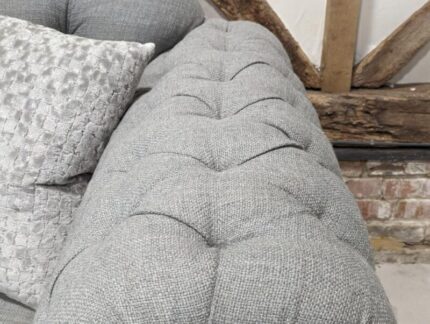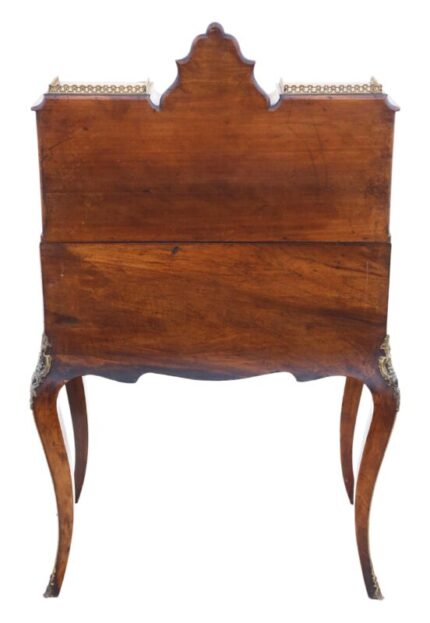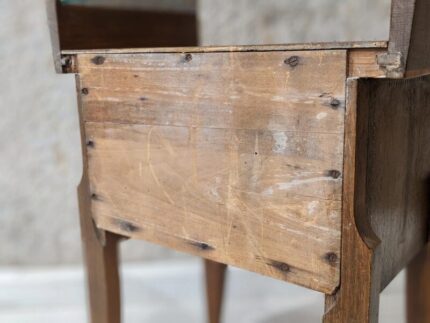Three of the Dundas Masterpieces are pictured and described in this
Auction Catalog by Christie’s, sale on July 3rd, 1997.
Sir Lawrence Dundas
Scions of the Dundases of Fingask, an ancient Perthshire Family, dispossessed of
their lands in the 17th Century, Sir Lawrence Dundas’s meteoric rise to power
and fortune was uneclipsed in the 18th Century. Thankfully, his legacy of
unerring connosoirship and patronage remains to this day.
Following his fathers footsteps, Lawrence joined the family drapery business
in Edinburgh in the 1730’s. Swift to seize the opportunities laid open b y the
’45 rebellion, his pivotal role as “Commisary of Forage” and supplier to
the ‘Royal Train of Artillery’ proved supremely rewarding.It was his appointment
as Commissary-General of the Army in Flanders during the Seven Years war,
however that transformed his fortunes and earned him the accolade ‘ Nabob
of the North’. As the account books for his trip to Germany in 1759 testify, with
sum’s totalling close to 2 million pounds, Dundas was the outstanding merchant
contractor of the 18th Century.
Dundas’s finacial success was mirrored by his political ambition. Elected MP
for Linlithgow Burghs in 1747, his political star was unfortunately short-lived, and
he was forced to stand down amidst allegations of corruption the following year.
Determined therefore, to control his political destiny, he embarked on a large
scale programme of land purchase- from Kerse in 1749 to Cleveland, Marske
Loftus and Aske, with it’s convenient pocket porough in 1762, as well as Moor Park in 1763. His main activities, however, were at first directed towards building
up political interests North of the Border in Stirlingshire, Clackmannan, Fife and Orkney, under the direction of his political advisor, James Masterton.
Auction Catalog by Christie’s, sale on July 3rd, 1997.
Sir Lawrence Dundas
Scions of the Dundases of Fingask, an ancient Perthshire Family, dispossessed of
their lands in the 17th Century, Sir Lawrence Dundas’s meteoric rise to power
and fortune was uneclipsed in the 18th Century. Thankfully, his legacy of
unerring connosoirship and patronage remains to this day.
Following his fathers footsteps, Lawrence joined the family drapery business
in Edinburgh in the 1730’s. Swift to seize the opportunities laid open b y the
’45 rebellion, his pivotal role as “Commisary of Forage” and supplier to
the ‘Royal Train of Artillery’ proved supremely rewarding.It was his appointment
as Commissary-General of the Army in Flanders during the Seven Years war,
however that transformed his fortunes and earned him the accolade ‘ Nabob
of the North’. As the account books for his trip to Germany in 1759 testify, with
sum’s totalling close to 2 million pounds, Dundas was the outstanding merchant
contractor of the 18th Century.
Dundas’s finacial success was mirrored by his political ambition. Elected MP
for Linlithgow Burghs in 1747, his political star was unfortunately short-lived, and
he was forced to stand down amidst allegations of corruption the following year.
Determined therefore, to control his political destiny, he embarked on a large
scale programme of land purchase- from Kerse in 1749 to Cleveland, Marske
Loftus and Aske, with it’s convenient pocket porough in 1762, as well as Moor Park in 1763. His main activities, however, were at first directed towards building
up political interests North of the Border in Stirlingshire, Clackmannan, Fife and Orkney, under the direction of his political advisor, James Masterton.
-
Dimensions:Height: 12 in (30.48 cm)Width: 9 in (22.86 cm)Depth: 1 in (2.54 cm)
-
Style:Adam Style (In the Style Of)
-
Materials and Techniques:Paper
-
Place of Origin:England
-
Period:1990-1999
-
Date of Manufacture:1997
-
Condition:GoodWear consistent with age and use.
-
Seller Location:San Francisco, CA
-
Reference Number:Seller: LU989932360452
Reviews (0)






























Reviews
There are no reviews yet.